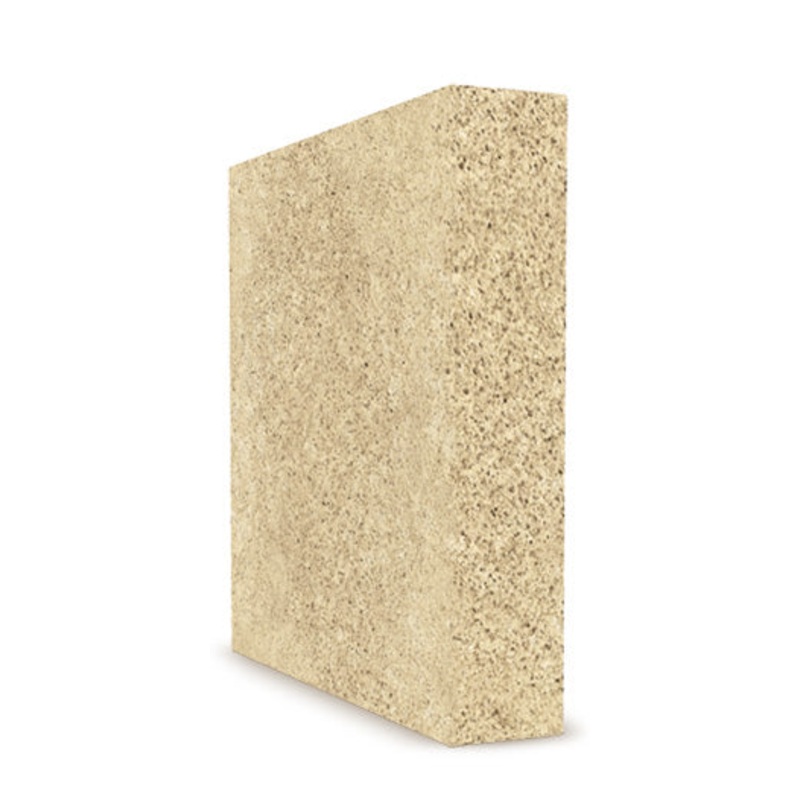 Sale!
Sale! Brightwell Aquatics Xport BIO PlateUltra-porous Biological Plate Media with Superior Performance CharacteristicsOverviewHighest porosity and largest useable surface area, per unit weight or volume, of all filtration media available anywhereProvides huge am
Ultra-porous Biological Plate Media with Superior Performance Characteristics
Overview
Size
9.25″ x 8.25″ x 1.5″
Instructions – Guidelines
Use one XPort Bio Plate for every 1,250 U.S. gallons ( 4,750 L ) of system capacity, more for heavy bio loads. Rinse material well with aquarium water or purified tap water. For superior results, seed the material using FlorinBacter, MicrBacter7 or MicrBacterCLEAN, as appropriate for your aquarium, by placing XPort Bio Plate in a plastic container, filling it with aquarium water, and then adding the full recommended dose of either bacterial product, based on the size of your aquarium, to that container. Allow to stand overnight and then add the seeded XPort Bio Plate to your system. You may also add the water back to your aquarium, if desired. It is recommended that you use sponge, fine filter floss or other mechanical filtration ahead of XPort Bio Plate to prevent clogging with organic material. For maximum results, also provide a good carbon source for growing bacteria, such as Brightwell Katalyst bio pellets or liquid Reef BioFuel or Florin Axis, as appropriate for your aquarium, as directed on their label.
Additional information
You can use more plates than the capacity shown above. You can’t have too much filtration, the bacterial growth will be self limiting. It is prudent to use a whole plate even in smaller systems down to about 50 U.S. gallons. If the system is smaller than that, then use the cubes instead. For nitrification, or removal of ammonia and nitrite, employing the plate aerobically, or above the water line will provide maximum results. To do this, mount the plate in air, above the water level, and run a small stream of water through the plate. It is not necessary or desirable to run the whole flow of the main system pump through the plate. A flow of about 40 to 80 liters per hour is ideal. An adjustable flow control will allow you to adjust the water flow to only that which will flow through (and not around) the plate. On the other hand, removing nitrate is an anaerobic process and limiting oxygen to the plate as much as possible will maximize the nitrate removal. In this case, mount the plate beneath the water surface in the sump in a very low flow area, if possible.
To use one plate for both aerobic nitrification and anaerobic denitrification, mount the plate below the water surface and provide medium flow around it. The bacteria growing in the top 1/4″ of the surface of the plate will be aerobic and will use up all the oxygen so that the inside of the plate goes anoxic or anaerobic. Anaerobic denitrifying bacteria will then colonize the internal surfaces of the plate and you will get both nitrification on the surface and denitrification in the internal parts.
While the BIO plate will perform both nitrification and denitrification, if your need is primarily for denitrification, you should purchase the NO3 Plate instead or in addition.
One important criteria in marine systems is gas exchange. Xport is the best bacterial media in the world, but it is not good at gas exchange. Bio balls are the best for gas exchange, so any system will work better with a small stack of bio balls placed in the main flow (in air).
Cost: $25
Free Shipping
We offer free shipping on orders over $30. Please check the free - shipping eligibility at checkout.
Delivery Time:
It usually takes [3-5] business days for standard shipping. Please note that this is an estimated time frame and may be affected by local holidays, and unforeseen circumstances.
Reviews
There are no reviews yet.